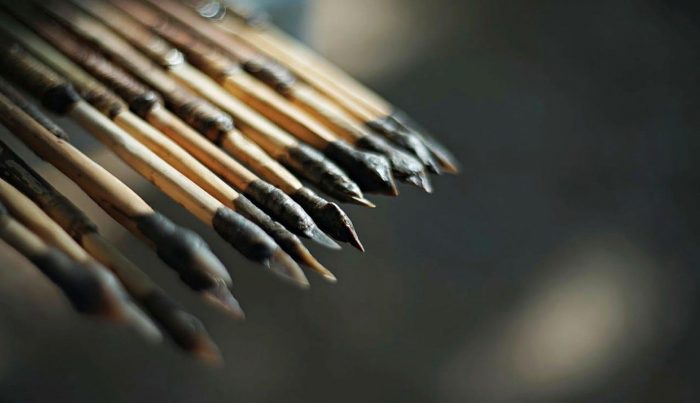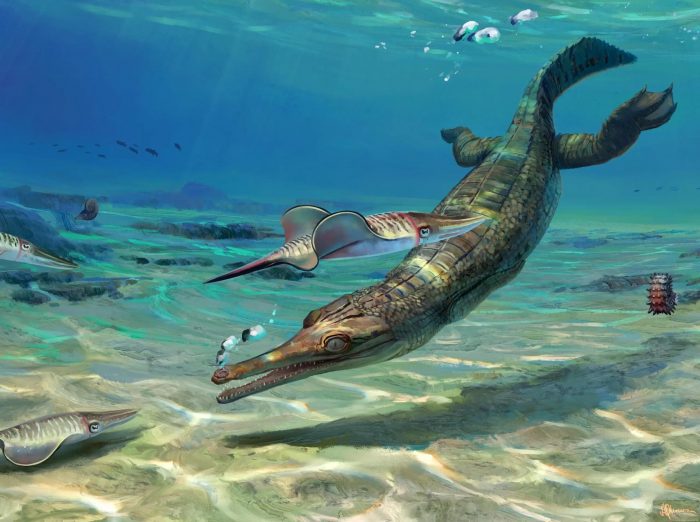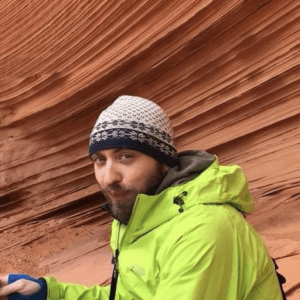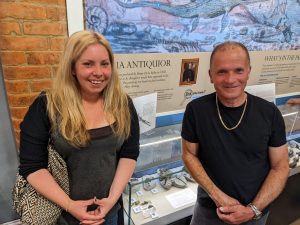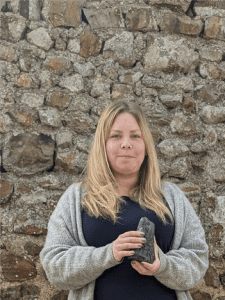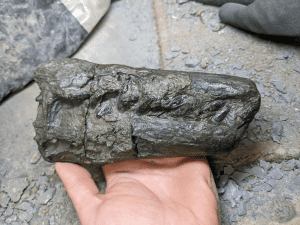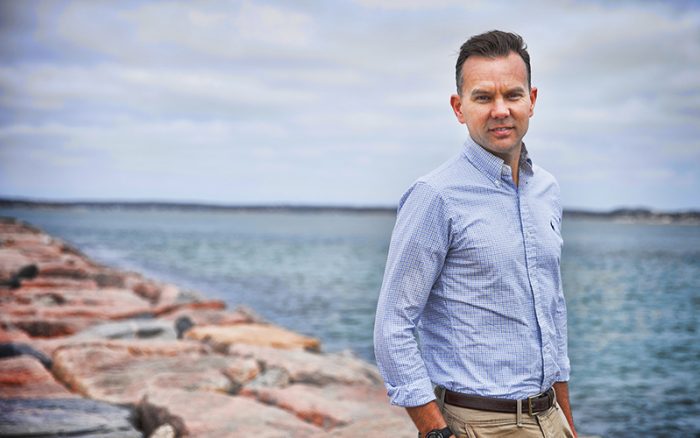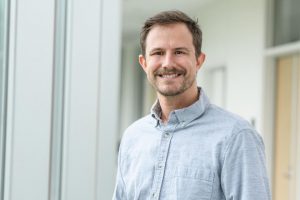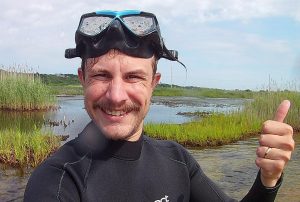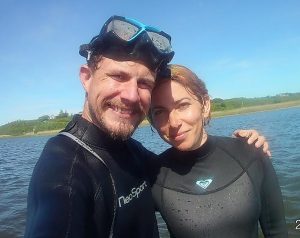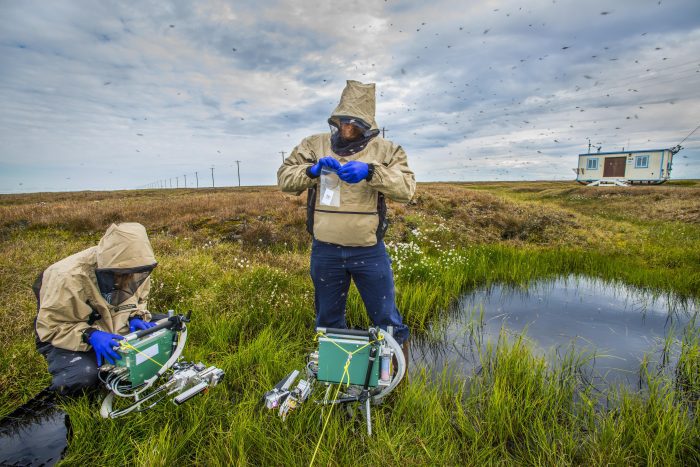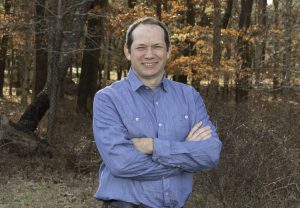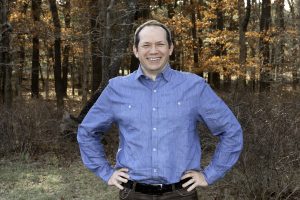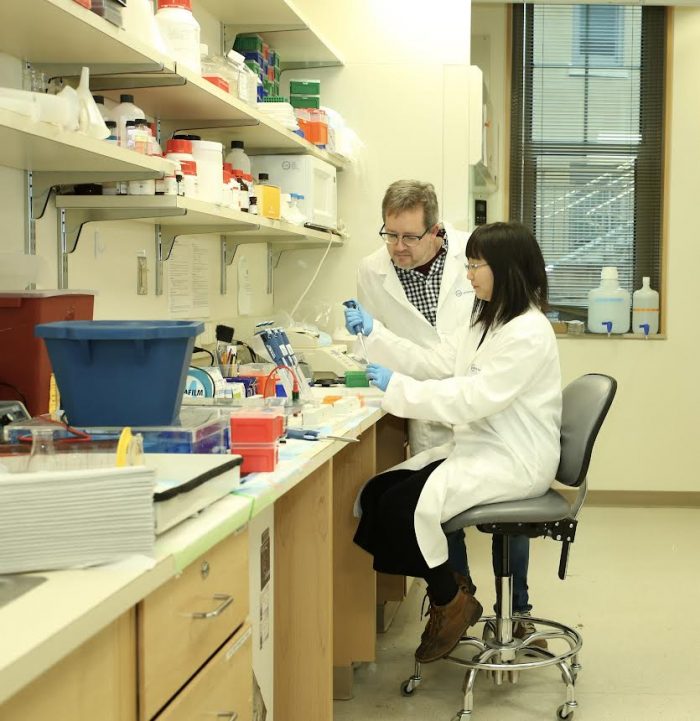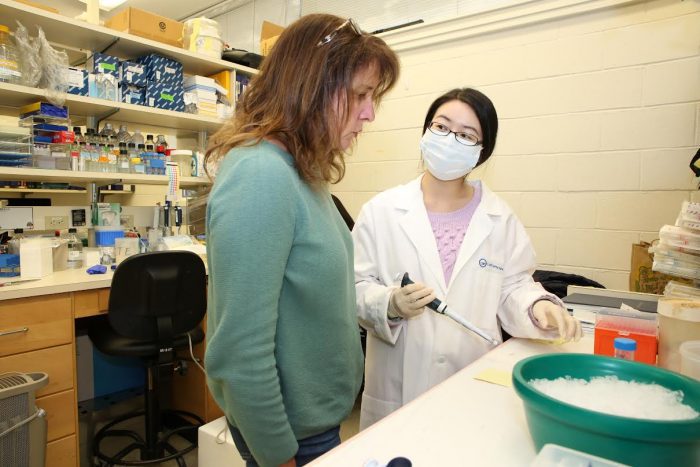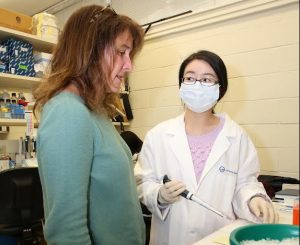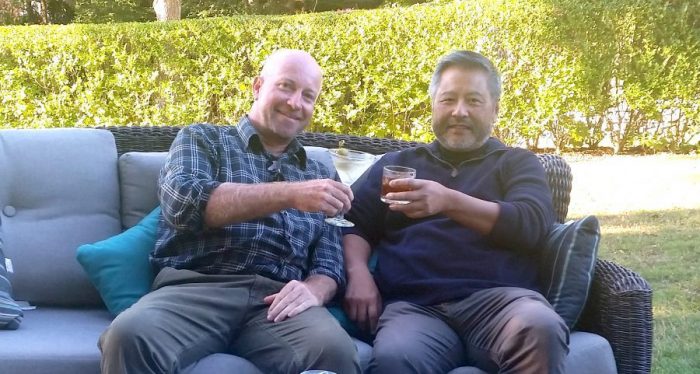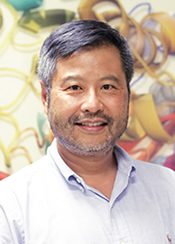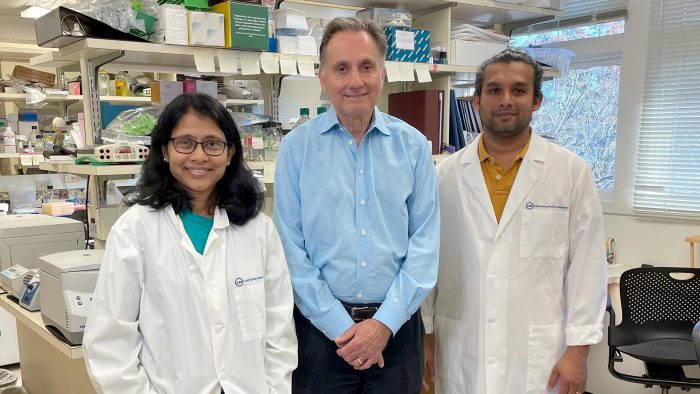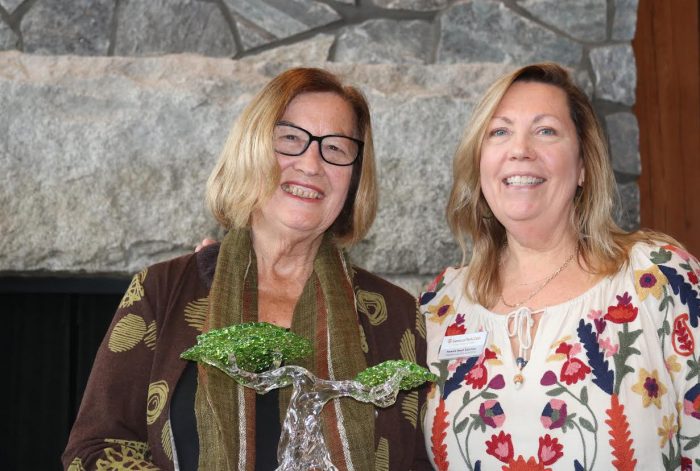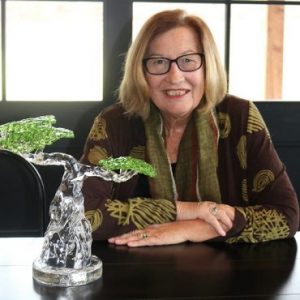By Daniel Dunaief
Have bow and arrow, will travel, even in Eurasia 54,000 years ago.
An archaeological site in the south of France that’s 70 miles from the coastline called Grotte Mandrin not only provided evidence that Homo sapiens and Neanderthals lived in this area around the same time, but also offered proof that early humans used bow and arrows to hunt for prey like bison and wild horses.
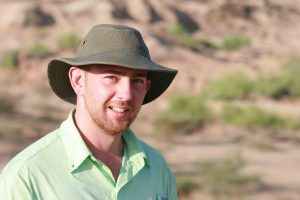
In research published in the journal Science Advances, Jason Lewis, a Lecturer in the Department of Anthropology at Stony Brook University; Ludovic Slimak, cultural anthropologist at the University of Toulouse-Jean Jaurès; and Laure Metz, an archaeologist at Aix-Marseille University, shared an extensive analysis of stone artifacts that demonstrated the use of bows and arrows.
These hunting tools, which inhabitants of the cave could use to pursue herd animals migrating between the Mediterranean region and the plains of Northern Europe, provide the earliest evidence of mechanically propelled projectile technology from Eurasia.
“We looked for diagnostic evidence of a very powerful impact once the stone tip hits something,” said Lewis. “We can see experimentally what type of damage” is produced on the tips of the arrows. The damage to these arrows is in line with everything that modern archers are doing because the tools human ancestors used were so light, Lewis added.
The collaborative effort to study these arrows in labs across two continents involved an extensive analysis of the flaking pattern around the tips of the arrows. The researchers didn’t find any of the organic materials that the early hunters would have used to create the bow.
This technology, which likely took about an hour to make, likely enabled Homo sapiens to bring down prey. Effective hunting from about 10 to 20 yards likely would have required more than one arrow, particularly with the size and strength of the targets.
At an archaeological site in the Middle East, scientists described stone tools around the same time that look similar to the bows and arrows humans in Eurasia used.
“The evolving modern humans were developing and using projectile technology,” Lewis said.
Cultural differences
Lewis, Slimak and Metz showed in a seminal paper last year that Homo sapiens and Neanderthals had lived in the same cave, sometimes separated by a year or even a season.
While these two types of humans lived around the same time and in the same place, they didn’t share the same technology or have the type of cultural exchange that would enable Neanderthals, who typically hunted with hand-thrown spears, to use the same hunting tools.
“There’s no evidence of learning exchange,” Lewis said. Neanderthals did not start using the smaller points typical of the arrows or that would have been used as projectiles.
“It doesn’t look like there was a cultural exchange between the two groups,” Lewis said, as the artifacts from the time Neanderthals occupied the cave didn’t include any arrows.
Cultures sometimes develop identities that preclude using technology from other groups. Such cultural differences existed in the Maale and neighboring Tsamai people in Southwestern Ethiopia.
“Even though [bows and arrows] might be logically or objectively advantageous, some cultures suggest that ‘that’s not what we do,’” Lewis said.
Indeed, cultural differences have occurred in other areas that groups haven’t bridged, despite the availability of similar resources and the chance to learn the technology.
At the cave in Grotte Mandrin, researchers found a large collection of stone tools in Layer E of the cave.
The scientists believe the numerous arrows could have been the early equivalent of a munitions dump.
While bows and arrows would have provided a hunting advantage to Homo sapiens, the technology doesn’t explain why the two groups of early humans occupied the cave or dominated the area at different times.
“I doubt it comes down strictly to stone tool technology,” Lewis said. “There’s not a continuous march of occupation and expansion” as the interactions between the two populations were long lasting and complex.
Homo sapiens and Neanderthals moved up into a region and then moved back. This is akin to the way European settlers interacted with Native Americans when ships first crossed the Atlantic.
The Europeans moved into the region, interacted with people who already in the country, returned home, and then, at a later point crossed the ocean again.
Arrow studies
To understand the technology used to create these arrows, Metz and Slimak have spent years studying the way rocks flake off or get damaged in response to contact with animals or objects they hit when shot through the air.
Working for over a decade, Metz has been conducting experimental replication of the effect of use on these stone tools.
Scientists who shoot these stone arrows into carcasses from butcher shops can see the flaking pattern and scratches on the arrows.
Lewis explained that the flaking on the arrow heads could not have been made during the creation of the arrows themselves.
“Only high velocity strikes” could produce such markings, Lewis said.
These kinds of studies combine geology, physics and natural science. Lewis said John Shea, Anthropology Professor in the College of Arts and Sciences at Stony Brook University, has pioneered the study of such technology during the Pleistocene Ice Ages.
Lewis explained that his primary role is to bring the contextual understanding about how various types of early humans were using the landscape and interacting with the animals.
He also brings the context of work he does in Africa around the same time period as a comparator.
Lewis explained that more research would be forthcoming from this site.
“This is part of a larger modern human ability to conceptualize the world,” Lewis said. Early humans were trying to change their environment to match their needs, with boats, clothing, dwelling structures and other elements of their lives.
Such tool use could reduce hunting time and could enable a greater division of labor, suggesting that “each person didn’t have to do everything” to meet basic needs.

